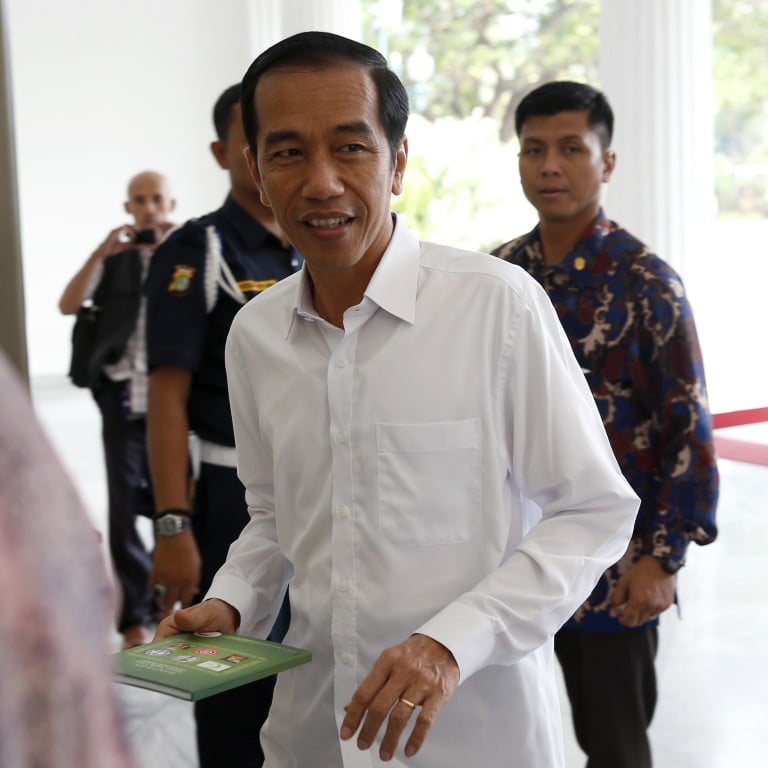
India and Indonesia offer hope for fragile emerging markets
Newly elected governments have taken some of the pressure off the two countries, despite a hawkish stance from the US Fed over rate rises
The whiff of another "taper tantrum" is in the air. Over the past month, emerging market (EM) equities have fallen 4.4 per cent (and Latin American stocks an even sharper 9 per cent) as investors have once again started fretting about the conduct of US monetary policy.
Last week's more hawkish statement from the Federal Reserve - which anticipates a slightly faster pace of interest rate hikes provided the US recovery gathers pace - is putting renewed strain on EM assets.
The rate-sensitive 2-year US Treasury yield has shot up 14 basis points since mid-August to 0.54 per cent (its highest level since 2011), underpinning a resurgent dollar which has led to sharp declines in EM currencies.
In the last month, three of the five currencies of the so-called "fragile five" group of vulnerable EMs - the Brazilian real, the South African rand and the Turkish lira - have lost 4.8 per cent, 3.8 per cent and 2.7 per cent respectively against the US dollar. The other two, however, the Indian rupee and the Indonesian rupiah, have fared considerably better. The rupee has lost only 0.6 per cent against the dollar while the rupiah is down 2 per cent.
This is in stark contrast to last summer when the economies were the focal points for investor nervousness about EMs.
Why are India and Indonesia less fragile this time round and is this resilience likely to last?
One of the main reasons is the establishment of more credible policy regimes.
Investors are optimistic about the prospects for much-needed reforms in India and Indonesia
India and Indonesia are putting their swimming trunks on before the liquidity tide recedes while other EMs are still swimming naked, to paraphrase Warren Buffett.
The inflation-fighting credentials of both countries' central banks have improved significantly. Indonesia has hiked interest rates 175 basis points since the start of last year and, more importantly, kept them on hold - in contrast to Turkey which has been loosening monetary policy despite a sharp rise in inflation.
India's current account deficit has narrowed from more than 4 per cent of gross domestic product at the end of 2012 to less than 2 per cent last quarter, aided by last year's steep fall in the rupee and stringent controls on gold imports.
Technical factors have also improved. Bond yields have risen in both countries, with the yield on Indonesia's 10-year local currency bond increasing 270 basis points to 8.2 per cent since May 2013. This suggests markets have already priced in a US monetary policy tightening.
Another key factor underpinning favourable sentiment towards the two countries is investors' optimistic view about the prospects for much-needed fiscal and structural reforms. The election in May of Narendra Modi as India's prime minister and Joko Widodo's victory in Indonesia's presidential election in July have delighted investors who, although mindful that they may have gotten ahead of themselves, believe the victories of the two reform-minded politicians improve the politics of reform.
Still, India and Indonesia can hardly afford to be complacent.
Modi's honeymoon is pretty much over and he is already facing criticism - particularly on the part of India's business community - that he is squandering his strong mandate by failing to push ahead with the liberalisation of India's labour market and the privatisation of state-owned firms.
Indeed there are big doubts about whether Modi's Hindu nationalist Bharatiya Janata Party is competent enough and politically willing to undertake meaningful institutional and economic reforms.
In Indonesia, the current account deficit has failed to narrow sufficiently - it was 4.3 per cent of GDP last quarter which, although lower than Turkey's and South Africa's, is still too high - while Widodo will assume the presidency next month in a weaker position than Modi, having barely won July's election.
Yet from a market sentiment standpoint, these country-specific problems only become significant if there is a sharp and disorderly sell-off in the US Treasury bond market.
Given that market expectations for inflation in the US have just fallen to their lowest level in nearly three years, bond investors remain sceptical about the timing and the pace of US rate hikes.
If this scepticism grows, India and Indonesia are likely to become even less fragile.

